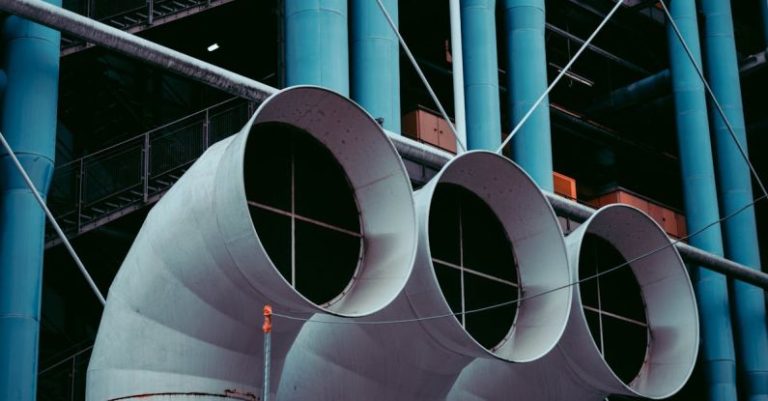How Composites Are Changing the Face of Sustainable Building
Sustainable building practices have become a prevailing trend in the construction industry as the world grapples with the urgent need to reduce carbon footprints and preserve natural resources. Among the innovative materials revolutionizing sustainable construction are composites. Composites, a blend of two or more materials with different properties, are transforming the face of sustainable building by offering a myriad of benefits. From enhanced durability to energy efficiency and reduced environmental impact, composites are paving the way for a greener future in construction.
**Enhanced Durability and Longevity**
One of the key advantages of composites in sustainable building is their exceptional durability and longevity. Composites are engineered to withstand harsh weather conditions, extreme temperatures, and wear and tear better than traditional building materials. By utilizing composites in construction, buildings can enjoy a longer lifespan, reducing the need for frequent repairs and replacements. This not only saves money in the long run but also decreases the overall environmental impact associated with building maintenance and disposal of old materials.
**Energy Efficiency and Insulation**
Composites offer superior thermal insulation properties compared to conventional building materials like concrete or steel. This enhanced insulation capability helps regulate indoor temperatures, reducing the need for excessive heating or cooling systems. As a result, buildings constructed with composites consume less energy, leading to lower utility bills and decreased greenhouse gas emissions. By improving energy efficiency, composites play a crucial role in creating sustainable, eco-friendly structures that promote environmental conservation.
**Lightweight and Versatile Design**
Composites are known for their lightweight nature and versatility in design. This allows architects and builders to create innovative and complex structures that would be challenging or impossible to achieve with traditional materials. The lightweight characteristic of composites also simplifies transportation and installation processes, reducing fuel consumption and carbon emissions associated with construction projects. Additionally, the versatility of composites opens up endless design possibilities, enabling the creation of aesthetically appealing and functional buildings that align with sustainable principles.
**Recyclability and Reduced Environmental Impact**
Another significant benefit of composites in sustainable building is their recyclability and minimal environmental impact. Composites can be recycled and repurposed at the end of their lifespan, mitigating waste generation and reducing the demand for new raw materials. By incorporating recyclable composites into construction projects, builders can contribute to a circular economy model that promotes resource efficiency and waste reduction. This proactive approach towards sustainability helps minimize the environmental footprint of buildings and supports the transition towards a more sustainable built environment.
**Cost-Effectiveness and Long-Term Savings**
While the initial cost of using composites in construction may be higher than traditional materials, the long-term savings and benefits far outweigh the upfront investment. The durability, energy efficiency, and low maintenance requirements of composites result in reduced operational costs over the lifespan of a building. By choosing composites for sustainable construction, builders can achieve significant cost savings in terms of maintenance, energy consumption, and overall building performance. This cost-effectiveness makes composites an attractive choice for developers looking to maximize the value of their investments while prioritizing sustainability.
**A Greener Future with Composites**
As the construction industry continues to embrace sustainable building practices, composites are emerging as a game-changer in shaping the future of environmentally conscious architecture. With their enhanced durability, energy efficiency, recyclability, and cost-effectiveness, composites offer a holistic solution to the challenges of traditional construction materials. By incorporating composites into building projects, developers, architects, and builders can create structures that not only meet current sustainability standards but also pave the way for a greener and more resilient built environment. Composites are indeed changing the face of sustainable building, setting a new standard for eco-friendly construction practices that prioritize longevity, efficiency, and environmental stewardship.






